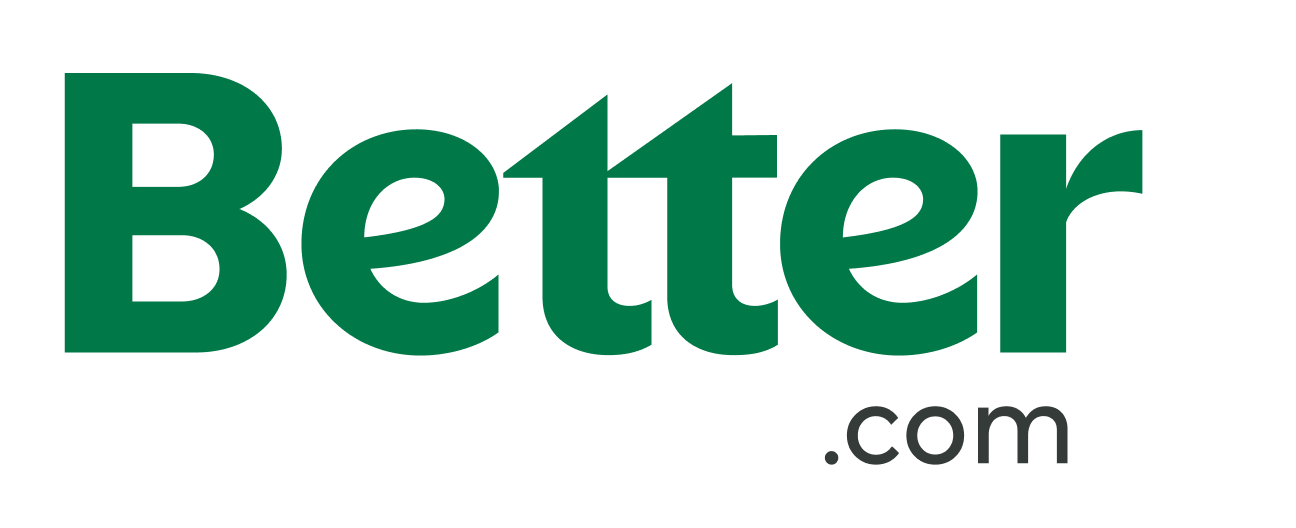A home equity line of credit, or HELOC, is a second mortgage that allows you to access home equity without refinancing or selling. A HELOC has a borrowing limit; within that limit, you can withdraw the amount you want, when you want, during the draw period.
HELOC & Home Equity Loans from our partners
Some homeowners open a HELOC just for flexibility. Others use funds obtained with a second mortgage for expenses such as home improvements, education costs or debt consolidation.
When considering a HELOC, your first thought may be to go to the lender that holds your original mortgage. You’ve got a solid record of paying on time, and the lender has your information on file. But convenience can be expensive, so it pays to shop around.
HELOCs usually have variable interest rates, but some lenders offer an option to lock an interest rate for one or more withdrawals. You’ll also want to compare rates, along with upfront costs, closing costs and annual fees, which can vary significantly from lender to lender.
Here's what to take into account before committing to a lender.
Get the Best HELOC Rate
Check how long the initial HELOC rate lasts
Some lenders try to snag your business with a low introductory interest rate. That’s fine, as long as you know how long that low rate will last and you can afford the rate after the introductory period.
Understand your offered rate
A lender’s offered HELOC rate is likely to include a base rate, which may go up or down in response to larger market forces, and a markup that reflects your credit score and loan-to-value ratio, among other considerations. When researching lenders, shop for the lowest available markup, and ask whether your markup is subject to change.
Keep in mind that advertised interest rates are often geared toward well-qualified borrowers, so check lender websites’ fine print for details, such as credit score and minimum draw that can affect your true rate.
Consider a fixed rate vs. a variable rate
HELOCs often come with a variable rate, but some lenders offer fixed-rate repayment options as well. With a fixed-rate HELOC, you will always know what your payment will be. A variable rate can go up or down with market conditions.
Look for the lowest HELOC rate cap
A HELOC with a variable rate may have a maximum interest rate for a specific period of time or for the length of the loan. That cap can help you calculate the most expensive payment you’d be responsible for if interest rates increase.
Know when the HELOC draw period ends
You can withdraw money against your line of credit during the "draw" or "advance" period. After the draw period ends, you can’t pull out any more money — and the repayment period begins.
Understand how HELOC balloon payments work
Some HELOCs have lower monthly payments during the repayment period and a giant one-time payment at the end of the term, known as a balloon payment. That may be acceptable for your situation, but keep the balloon payment due date on your calendar so you can plan for it.

Look for the most flexible HELOC terms
You’ll want to know the minimum and maximum amounts a lender allows you to borrow. If a lender requires a minimum withdrawal amount or a minimum borrowed balance, you’ll lose some of the flexibility that is the point of a HELOC — and you'll pay interest on money you may not need. A low maximum amount might mean you can’t borrow enough to cover your expenses.
Beware of inactivity fees, which can mean charges for not using your HELOC.
Avoid prepayment penalties
What if you decide to sell your house? Of course, you’ll have to pay off the HELOC, but some lenders charge a fee for prepayment or the cancellation of the line of credit. Avoid a HELOC with a prepayment or cancellation fee if you think you might sell the house within that time period.
Be mindful of how much you borrow
Some lenders offer lower rates for HELOCs with higher borrowing limits. If you have substantial equity in your home, you may be tempted to establish a generous line of credit. Just like having a large amount of available credit on a credit card, it’s easy to spend a little here, a little more there — and end up draining a majority of your home’s equity. No matter where you get your HELOC — or how much credit you’re offered — draw only what you need and can afford to repay.
HELOC alternatives
A HELOC isn’t the only way to access your home’s equity. A home equity loan offers a lump sum that you repay with a fixed rate. If you need to borrow a larger amount, a cash-out refinance replaces your existing mortgage with a larger loan, and you’ll get the difference back in cash.
Homeowners who don’t qualify for a HELOC may explore a shared equity agreement.








